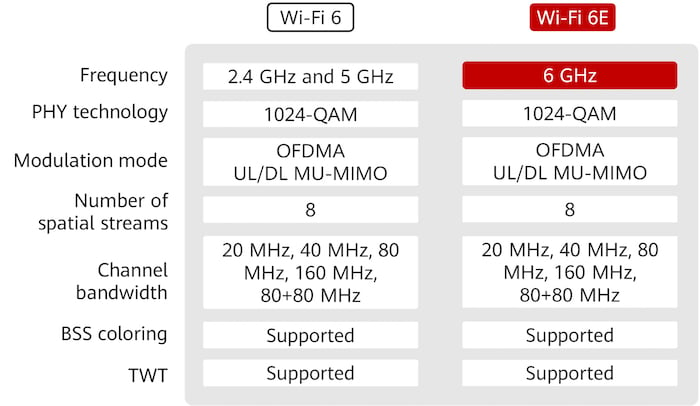U-blox Rolls Out Host-Based Wi-Fi 6/6E and Bluetooth 5.4 Modules
Powered by Infineon’s CYW55513, the new U-blox module extends the influence of Wi-Fi 6/6E to more IoT devices.
The Internet of Things (IoT) is growing at a blistering rate, with projections of over 30 billion connected devices by 2030. But how is the existing network infrastructure prepared to handle this sudden influx of connected devices?
One answer, to many, is technologies like Wi-Fi 6 and Wi-Fi 6E, both of which bring bandwidth, speed, and reliability improvements to the existing Wi-Fi infrastructure. This week, U-blox announced a new series of modules that make Wi-Fi 6/6E and Bluetooth 5.4 deployments more accessible to the masses.
Unveiling the MAYA-W3
U-blox's MAYA-W3 series is a suite of host-based modules that support both Wi-Fi 6/6E and Bluetooth 5.4 to meet the demands of various industrial applications. With configurations available in single-band, dual-band, and tri-band, the MAYA-W3 series offers a range of options to suit different performance requirements.
The modules support single-input, single-output (SISO) Wi-Fi 6/6E operation with a 20-MHz channel width. They also support multi-user multiple input, multiple output (MU-MIMO), which improves network availability in dense Wi-Fi environments. The modules' Bluetooth Low Energy 5.4 support includes isochronous channels for low-energy audio. U-blox also integrated security features like secure boot and one-time programmable (OTP) memory, enhancing the modules' reliability and data integrity.

The MAYA-W3 family of modules. Image used courtesy of U-blox
U-blox attributes MAYA-W3's high performance, in part, to the integrated Infineon CYW5551x chipset. The CYW55513, for example, is a highly integrated tri-band device, offering Wi-Fi 6/6E and Bluetooth 5.4 capabilities. These chipsets are engineered for low power consumption, a critical attribute for battery-operated IoT devices, and provide the connectivity essential for applications that require uninterrupted data transmission and reception.
With these features, U-blox claims its new MAYA-W3 family can benefit applications, including assisted living, power tools, container tracking, and solar inverters. To meet the needs of these different applications, the family comes in nine variants, ranging from single-band, dual-band, and tri-band.
The Growing Need for Wi-Fi 6/6E
As the Internet of Things continues to expand, traditional Wi-Fi networks struggle to keep up with the sheer number of devices, each fighting for bandwidth. This is particularly true in industrial settings, where multiple sensors, controllers, and monitoring devices require reliable, high-speed connections to function optimally.
Wi-Fi 6 brings several improvements over its predecessor, including higher data rates, increased capacity, and better performance in environments with multiple connected devices. It employs technologies like orthogonal frequency division multiple access (OFDMA) and MU-MIMO to allow more devices to operate on the same network without degrading performance. This is crucial for applications like smart manufacturing, where real-time data transmission and low latency are imperative for efficient operations.

Wi-Fi 6/6E specifications. Image used courtesy of Huawei
Wi-Fi 6E takes this a step further by extending into the 6 GHz band, providing more non-overlapping channels and thereby reducing congestion even further. The "greenfield" 6 GHz band is especially beneficial for applications that require high bandwidth and low latency in industrial IoT settings. With significantly reduced interference, this band helps provide the bandwidth and performance that critical applications require.
Moreover, Wi-Fi 6/6E offers enhanced security features, which are increasingly important as cyber threats become more sophisticated. The WPA3 security protocol, for instance, provides robust protections against various types of attacks, safeguarding data integrity in sensitive applications like healthcare and financial services.
Extending the Influence of Wi-Fi 6/6E
As the IoT grows and more connected devices hit the field, the need for improved communication protocols is necessary. With its new MAYA-W3 solutions, U-blox is doing its part in making Wi-Fi 6/6E accessible to the masses and hopefully alleviating these concerns. While samples are currently available, full-scale production of the modules is not expected to commence until Q3 of 2024.







